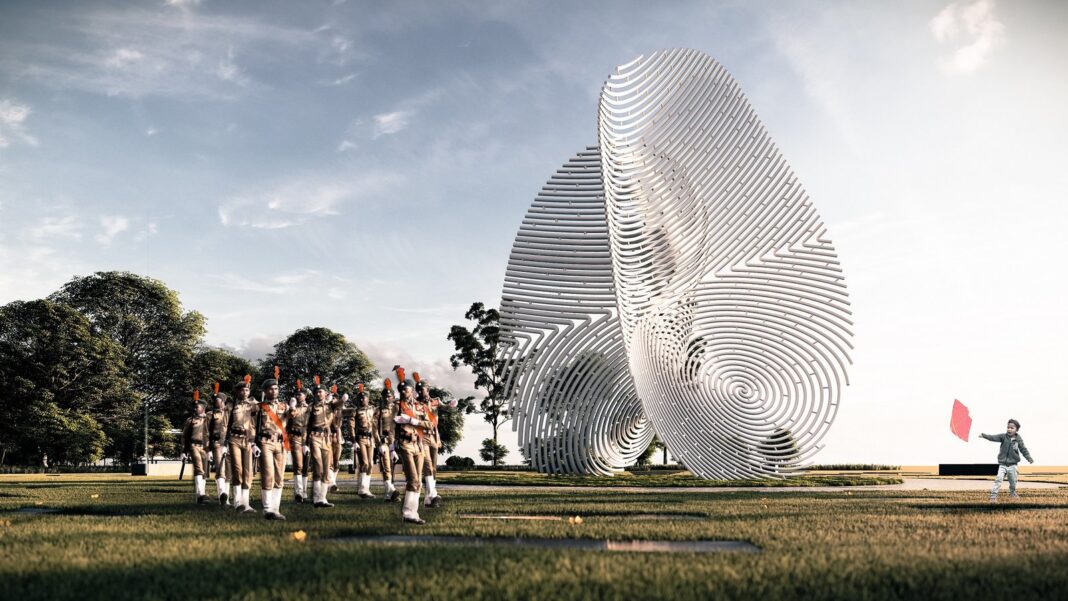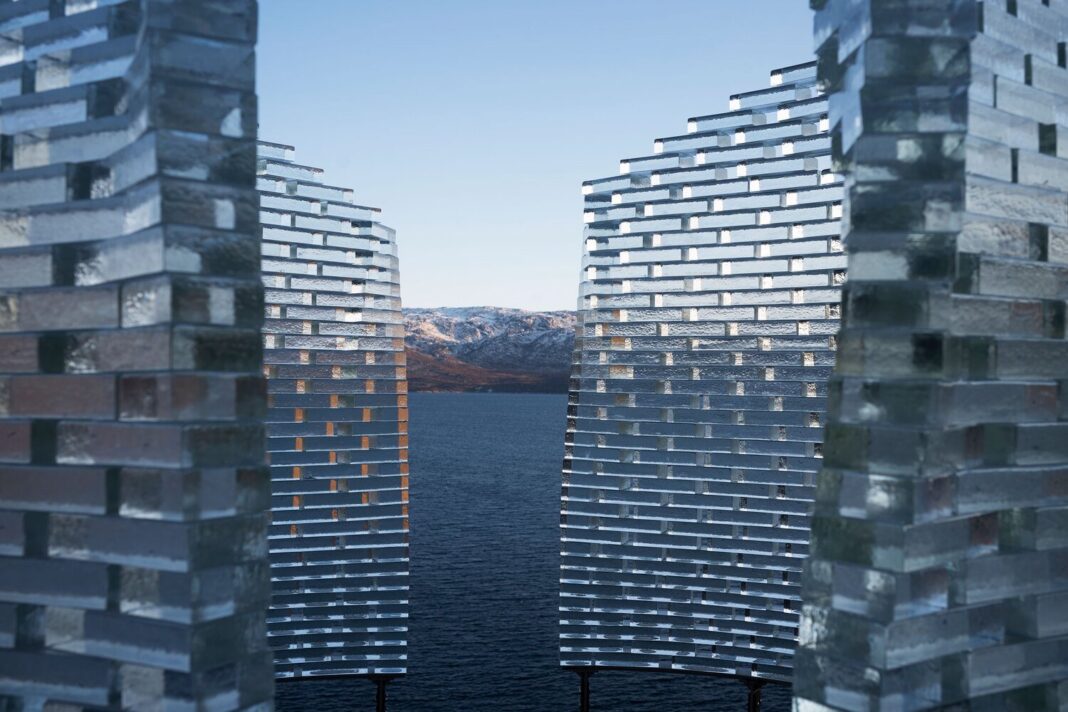Steel can go as far as our imaginations go, the possibilities are limitless, and its strength and durability make it a ‘state-of-the-art material. Steel gives architects the freedom to design extra ambitious projects. It has the potential to integrate seamlessly with any other material, and express AR. JAYAKANTH JK & NAMDEV TALLURU, AN INDEPENDENT COLLABORATION

Q. What are the major advantages of using steel vis-à-vis conventional materials?
A. Steel gives architects the freedom to design extra ambitious projects. It has the potential to integrate seamlessly with any other material. Steel even when left unfinished gives an industrial and modern aesthetic as opposed to other construction materials.
Q. How can structural steel be innovatively used in construction to provide design aesthetics and at the same time offer economical solutions?
A. As steel structures are prefabricated, it is easier to have precise control over the design and desired outcome. In the current times, speed is an imperative factor that is very well addressed by steel and prefabricated construction systems. It is, at least in my opinion, more economical, if one considers the amount of time it saves.
Steel can go as far as our imaginations go, the possibilities are limitless, and the strength and durability make it a ‘state-of-the-art material. The range of grades and sizes available in steel gives architects and designers the flexibility to think creatively and execute projects with ease.
Q. What is your take on the variety of sections/grades provided by our steel producers for various demands of creativity?
A. Modern technology has led to the production of custom-made steel sections which can be tailored for each unique design. Even a single project can utilize a variety of different components in a diverse area of the structure. This allows designers to explore more in terms of design and removes the shackles to structurally constrain a building design.
I think it is important for architects and manufacturers to work closely. Enabling the architects to keep themselves updated about new grades and sections and their possibilities. Also enables the manufacturers and engineers to truly witness the possibilities of the materials through architects and understand their needs better.
Q. What trend are we going to witness in the next 5-7 years, as far as designing structures with steel is concerned?
A. Earlier, steel just played an auxiliary role in the construction industry. It was utilized to bear loads and glue together joineries. But in the last decade steel has introduced a wide range of possibilities to the field of architecture. It paved the way for a lot of innovative architectural structures. Acclaimed architects such as Zaha Hadid, and Frank Gehry have broken down the idea of using steel as merely a building’s skeleton and have instead designed innovative and surprisingly fluid structures that pay homage to the material itself.
Steel structures have also accelerated the growth of the design industry. Now steel has become the backbone of the construction field and is extremely crucial for the development of the industry. With the rapidly growing technology and prefabrication becoming the new future, steel will play a vital role in the construction field soon.
Q. What should be the strategy of the industry in promoting structural steel construction in India?
A. I think it is important to gain the attention of the public. Everyone needs to understand the possibilities of structural steel. We must create iconic architecture projects and installation designs that display the potential of structural steel.
Q. Which are the iconic steel-specific projects executed by you?
A. ‘Billion Impressions’ is our prized project and the winning entry for TATA steel’s Notions of India – an international design competition to create an iconic outdoor symbol of India. The overall dimensions are 7.8 m X 7 m X 11.5 m and it consists of two connected parts, back to back. Using YST355 circular hollow sections offered by TATA Structura is a very smart option, which resulted in a lightweight, budget-friendly, and structurally sound sculpture. The sculpture is a free-standing cantilever structure. However, having the two parts of the structure connected, played a great role in controlling the deflection and smartly modified the behavior bringing it a bit towards a frame. The overall structure was however studied as a cantilever, conservatively.
The sculpture aims to be timeless. The ambitious structural endeavor never lost sight of the project’s greater goal as an iconic sculpture that brings people together. The project is coming soon in a bustling neighborhood in Ranchi, Jharkhand, India. We hope to build the sculpture in multiple cities across the






